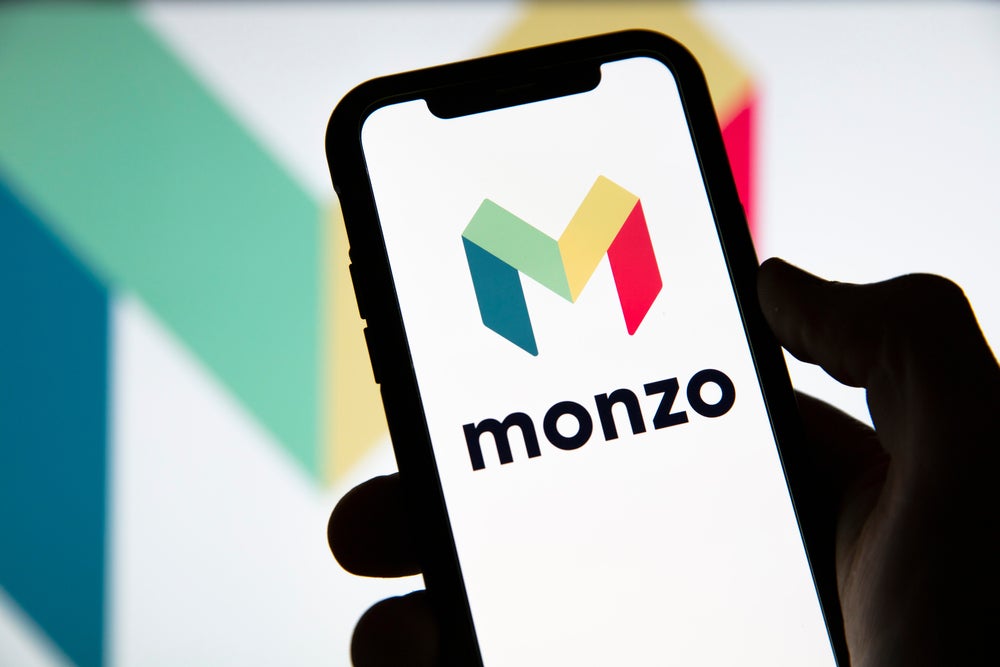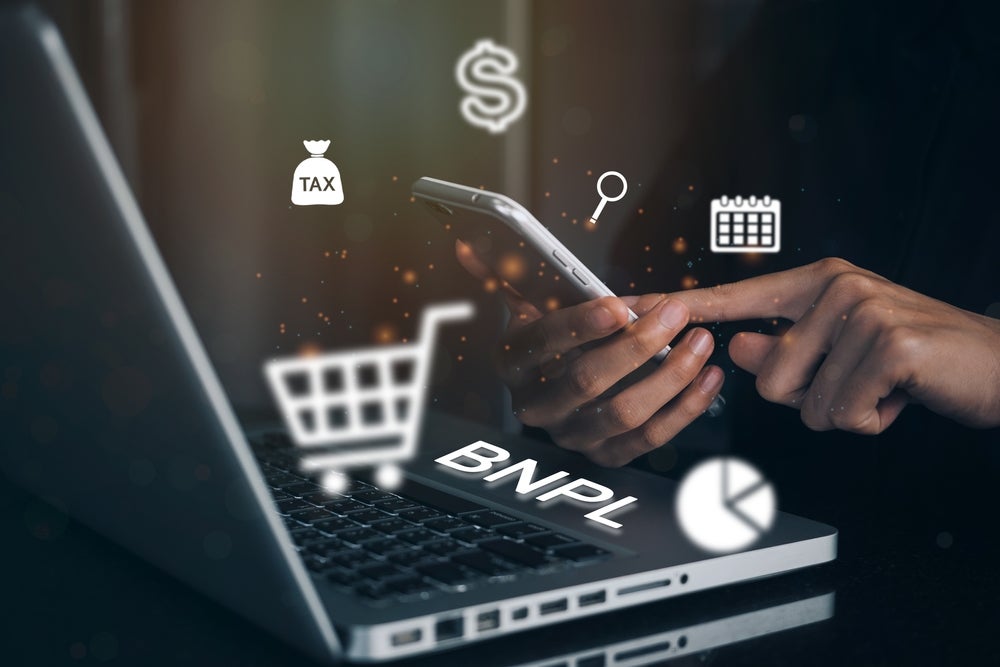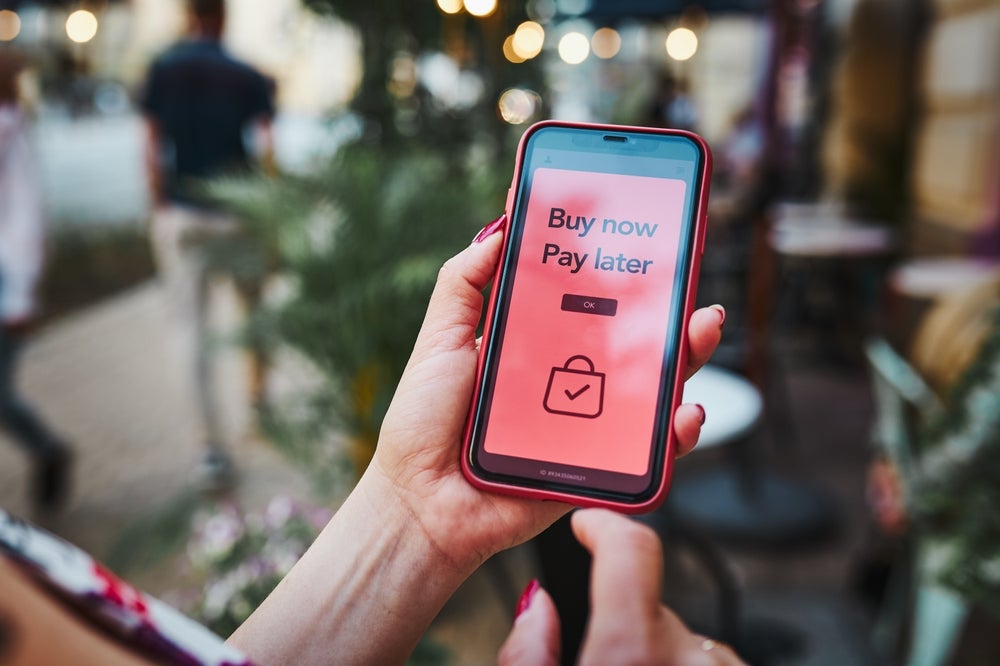So, how many minutes do you think it might take to read in full the terms and conditions of a BNPL provider? Five minutes, ten minutes? Not even close.
This after all is a product that seeks to sell itself on such user-friendly words as simple, instantly, transparent and easy.
Some nifty research from financial comparison website NerdWallet analyses the terms and conditions and privacy policies of 11 of the most popular buy now, pay later companies. In particular, NerdWallet wanted to know how long they would take an average person to understand.
An average 36 minutes just to read the small print
The average native English speaker has a reading rate of some 238 words per minute by all accounts, On that basis, given the number of words in each T&Cs document, the average time-to-read these documents across the 11 services totals over a staggering 36 minutes.
However, it’s also important to consider the clarity of these documents. This may lead to additional reading times and in this study scored just 60% on average. With such apps being popular among young people, it is rather stating the obvious to suggest that the T&C’s are written in a consumer-friendly way. Again, there is work here for the BNPL issuers to address.
Take Klarna, for example, one of the most popular BNPL apps. It comes out on top for the longest T&Cs, taking over 57 minutes, if not longer, with a clarity score of only 48%.
How well do you really know your competitors?
Access the most comprehensive Company Profiles on the market, powered by GlobalData. Save hours of research. Gain competitive edge.

Thank you!
Your download email will arrive shortly
Not ready to buy yet? Download a free sample
We are confident about the unique quality of our Company Profiles. However, we want you to make the most beneficial decision for your business, so we offer a free sample that you can download by submitting the below form
By GlobalDataGlobalData’s UK Sentiment Tracker shows that the percentage of 18–24- and 25–34-year-olds, the most enthusiastic users of BNPL, expecting to save more has dropped back to pre-pandemic levels as the economy gradually reopens. Their appetite for making big-ticket purchases was slightly above pre-pandemic levels in March 2021.
The user experience with in-store BNPL cards, combined with the majority of younger consumers being inclined to save more than older-age groups, could see them wanting to preserve some of the savings accumulated during lockdown and avoid paying in full, increasing their custom with BNPL providers.
BNPL to double by 2024
While the BNPL sector continues to attract a disproportionate level of hype, when one considers its usage as percentage of all transactions, the value of BNPL transactions almost quadrupled in the UK alone in 2020.
Globally, Worldpay now forecasts that BNPL will continue to grab market share, doubling from 2.1% in 2020 to 4.2% by 2024.
That’s a lot of transactions and will involve tens of millions of consumers. BNPL is already the leading e-com payment method in Sweden, helping boost the 7.4% share of regional transaction value for buy now, pay later. Across Europe as a whole, Worldpay says that BNPL can nearly double its share of transactions by 2024 to account for 13.6% of e-com spend.
Meantime, in APAC, BNPL is set to more than double by 2024, albeit from a low base of 0.6% to 1.3%. And in the US, explosive BNPL growth will see a 181% jump from a 1.6% market share in 2020 to 4.5% by 2024.
So the action, arguably a tad belated, of the regulators is to be welcomed. It is a nonsense that this increasingly important segment of the payments space is currently unregulated. Rules are needed to protect vulnerable consumers from overburdening themselves with BNPL debt. So well played the UK regulator. In other markets, similar regulatory action is awaited.
|
App |
Word count |
Time taken to read |
Clarity |
|
Klarna |
13,637 |
57.3 |
48% |
|
Zilch |
11,364 |
47.75 |
54% |
|
Payl8r |
9,788 |
41.13 |
39% |
|
Clearpay |
9,290 |
39.03 |
60% |
|
Openpay |
9,230 |
38.78 |
66% |
|
Laybuy |
8,828 |
37.09 |
60% |
|
PayPal Credit |
8,262 |
34.71 |
74% |
|
Dividebuy |
7,282 |
30.6 |
54% |
|
Splitit |
6,781 |
28.49 |
51% |
|
AppToPay |
6,026 |
25.32 |
65% |
|
Zip |
4,917 |
20.66 |
92% |







